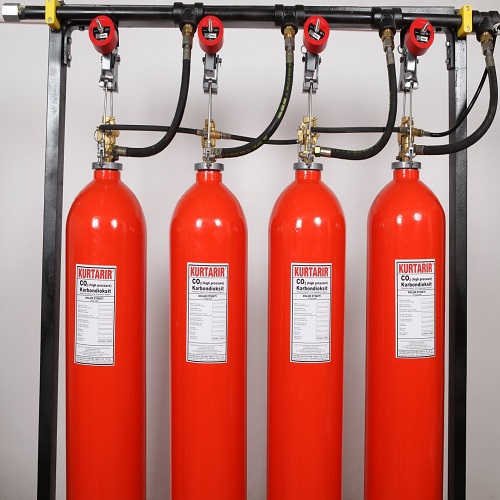
Fire
Automatic Detector System Service Details:
1. Types of
Service and Frequency
Fire alarm
system service is a tiered process with different frequencies and
responsibilities.
· Weekly/Monthly
Checks (User-Level): These are simple visual checks performed by a
designated person on-site.
o Inspect
the main fire alarm control panel for any fault lights or indicators. The panel
should be in a "normal" state.
o Check
for any signs of tampering or obstruction on detectors and manual pull
stations.
o Verify
that the fire alarm log book is up-to-date.
· Quarterly
Inspections (Expert-Level): Many regulations (e.g., DIN 14675 in
Germany) require a more detailed inspection every three months, which can be
done by a trained, competent person.
o Check
all batteries and power supplies.
o Inspect
all system components for damage or soiling.
o Check
for any structural changes in the building that might affect the system's
coverage.
· Annual/Bi-Annual
Professional Maintenance: This is a comprehensive, hands-on service
performed by a certified fire alarm technician. In many cases, this is a legal
requirement.
o Annual: Required
in many places, like the US (NFPA 72).
o Bi-annual: Required
in some countries, like the UK (BS 5839-1).
2. Key
Aspects of Professional Service
A professional
service goes beyond a visual inspection and includes a detailed testing and
maintenance procedure for all system components.
· Detector
Testing and Calibration:
o Smoke
Detectors: Technicians will use a specialized aerosol to simulate
smoke and test that the detector correctly enters an alarm state.
o Heat
Detectors: A heat gun is used to apply heat to the detector until it
activates at its set temperature.
o Multi-Criteria
Detectors: These detectors, which use a combination of heat, smoke,
and CO sensors, are tested to verify that all sensing elements are functioning
correctly.
o Sensitivity
Testing: The technician will use a specific tool to measure the
sensitivity of the smoke detector chamber. If the sensitivity has drifted
outside the manufacturer's specified range due to dust or age, the detector
will be cleaned or replaced.
· Alarm
and Notification Device Testing:
o All
audible (horns, bells, speakers) and visual (strobes) alarm devices are tested
to ensure they are functioning and are not obstructed.
o The
sound levels of the alarms are often checked to ensure they meet the minimum
decibel requirements for the area.
· Control
Panel and Power Supply Checks:
o The
fire alarm control panel is inspected for any fault logs, and the system's
software is checked for the latest version.
o The
main power supply is verified, and the backup batteries are tested to ensure
they can power the system for the required duration in an emergency. Batteries
typically need to be replaced every 4-5 years.
· Interface
with Other Systems:
o Fire
alarm systems are often integrated with other building safety systems. The
service will test these interfaces to ensure they are working correctly. This
can include:
§ Releasing
fire doors.
§ Recalling
elevators to a safe floor.
§ Shutting
down ventilation systems to prevent the spread of smoke.
§ Activating
automatic fire suppression systems (e.g., sprinklers, gas suppression).
· Documentation:
o A
detailed report is generated, including a list of every device tested and its
"as-found" and "as-left" condition.
o A Fire
Alarm System Service Certificate is issued, which is a mandatory
document for regulatory compliance and insurance purposes. The service log book
is updated to record the date and details of the service.
3. Detector
Replacement
Fire detectors, particularly smoke detectors, have a limited service life. Most manufacturers and regulations (e.g., NFPA 72) recommend that smoke detectors be replaced every 10 years, regardless of their apparent working condition, as their sensitivity can degrade over time.